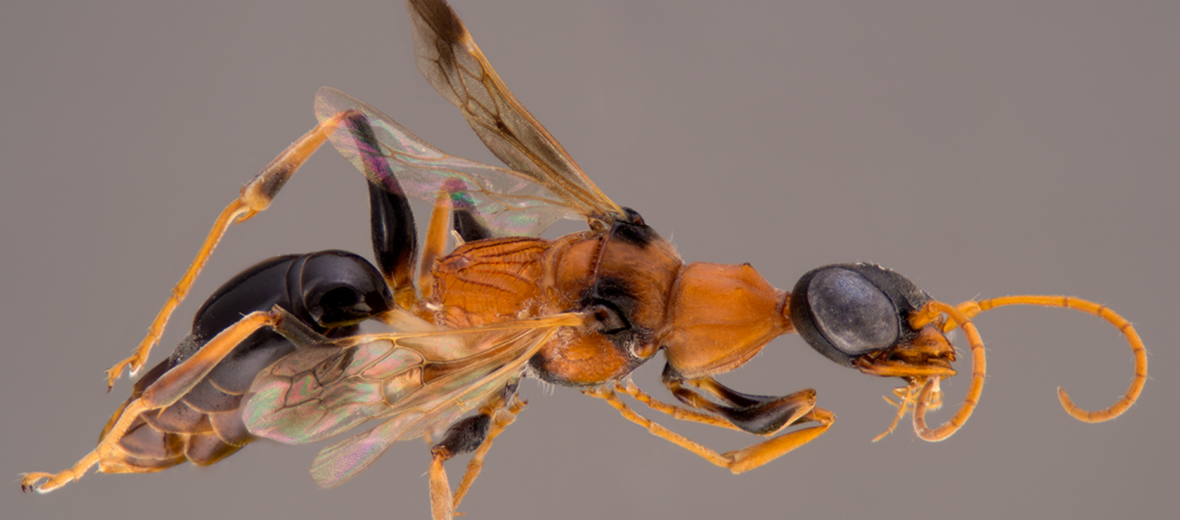
If you’re a cockroach, you definitely fear the dementor wasp. In order to rear its young, this wasp will sting a cockroach on the head, releasing an unusual toxin that moves directly to the neural nodes. This venom acts as a block to the octopamine receptors, causing the cockroach to run straight into the wasp’s nest, as if commanded to do so. Once there, the wasp will lay eggs in the roach that hatch into larvae which consume the still living insect. So it’s still alive when it’s being eaten!
First the Stats…
Scientific name: Ampulex dementor
Weight: Up to 1.2 grams
Length: Up to .43 inch
Lifespan: Up to 1 year
Now on to the Facts!
1.) They were first discovered in the Greater Mekong Region, around the Mekong river.
2.) These wasps were named after the soul-sucking ‘dementors’ from Harry Potter.
3.) The dementor wasp paralyses cockroaches with venomous sting to the head, turning them into a zombie, with no free will of their own.
4.) Their larvae instinctively feed on non-vital organs first, in an effort to keep the cockroach alive and fresh for as long as possible.
5.) Dementor wasps live in one of the top 5 threatened habitats in the world; along the Mekong River.
But wait, there’s more on dementor wasp!
6.) Many other wasp species also use complex venom to parasitize caterpillars, spiders, and even wasp larvae; sometimes turning them into zombie larva defenders.
7.) Once the victim has been stung, they start to fastidiously groom themselves. It is not certain why they do this. Could it be the dopamines in the venom?
Did you know…?
The female injects her eggs into the cockroach. Then the larvae feed on the still-living cockroach from the inside out!
8.) Floods of dopamine are triggered by pleasurable things. Because it makes us feel good, dopamine can be wonderful, but it is also linked to addictive behaviors and the highs we feel from illicit substances like cocaine.
Now a Short Dementor Wasp Video!
Also, check out the Critter Science YouTube channel. Videos added frequently!
Want to suggest a critter for me to write about? Let me know here.




thx for helping with my science project 6 years later lmao
Better late than never. You’re welcome.
They have some instresting facts
Gnarly! Those things dont mess around.